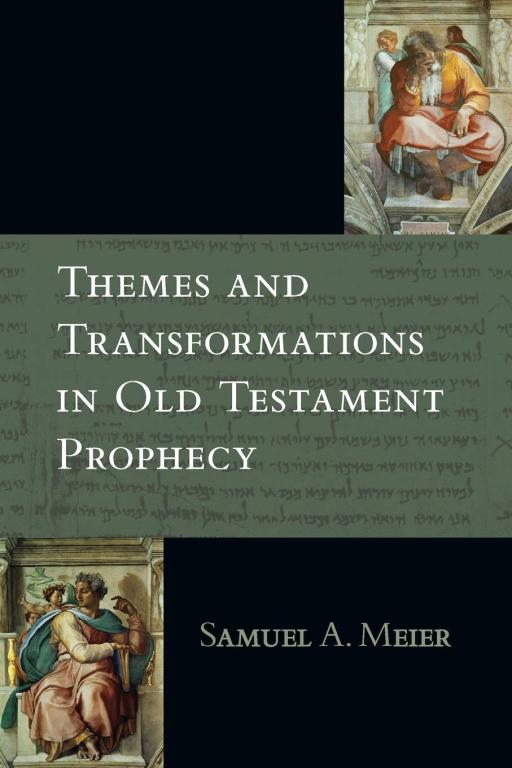
The title of this post is from a lecture series on the Book of Esther by James B. Jordan. Jordan finds in Esther, and especially in Mordecai, a representation of the Jewish nation’s lack of witness as priestly people before the Gentile nations (see also DeGraaf’s Promise and Deliverance v.2, p.440ff). Mordecai commands Esther to hide her identity as a Jew in order to increase her chances of being advanced to the position of queen to Ahasuerus, and Esther continues to obey her uncle even after her marriage.
My paper, “Two Insurrections in the Book of Esther,” generally follows Jordan’s approach to the book, though there may be some differences in certain details. This is certainly something I want to make a bigger study of at some point in the future.
Some thoughts on sources:
Ayelet Seidler in a recent article further notices the thematic and linguistic links between the mourning, sackcloth, ashes, and fasting of the Jews of Susa in Esther and the repentance of the city of Nineveh in the book of Jonah.
Yitzhak Berger in another article notes that it is Esther, not Mordecai, who redeems the line of Saul. Mordecai, as the adoptive father of Esther, stands in the role of Kish, while Esther, who is the one to ascend to royalty is like Saul—reticent and awkward at first—but unlike her predecessor she overcomes this to save her people and defeat the enemy of the Jews.
Max Rogland’s article of last year helpfully explores the Temple imagery of the book.
Key to interpreting Esther is the chronology of the book and placing it in history. I have followed James Jordan’s Darius, Artaxerxes, and Ahasuerus in the Bible, and especially Richard Tyrwhitt’s exhaustive, and mostly forgotten study, Esther and Ahasuerus: An Identification of the Persons So Named, in my identification of Ahasuerus. This leads me to take a less dim view of the king than is often done in modern scholarship.
Commentaries on Esther are a mixed bag. Michael Fox especially has some good material. Adele Berlin thinks the book is a joke . . . quite literally, and her commentary, though it has some helpful points, reflects that. Lewis Paton, Carey Moore, and David Clines are sometimes helpful. Keil & Delitzsch is always a good standby. All of these suffer, however, from taking Esther’s place in history for granted, and as a result most of them conclude that the book is a work of historical fiction with little or no basis in real history. This conclusion can be avoided by repositioning the book in the timeline. Of course, the end result of reading Esther as fiction is that you will not bother to consider the book’s place in the flow of redemptive history.












